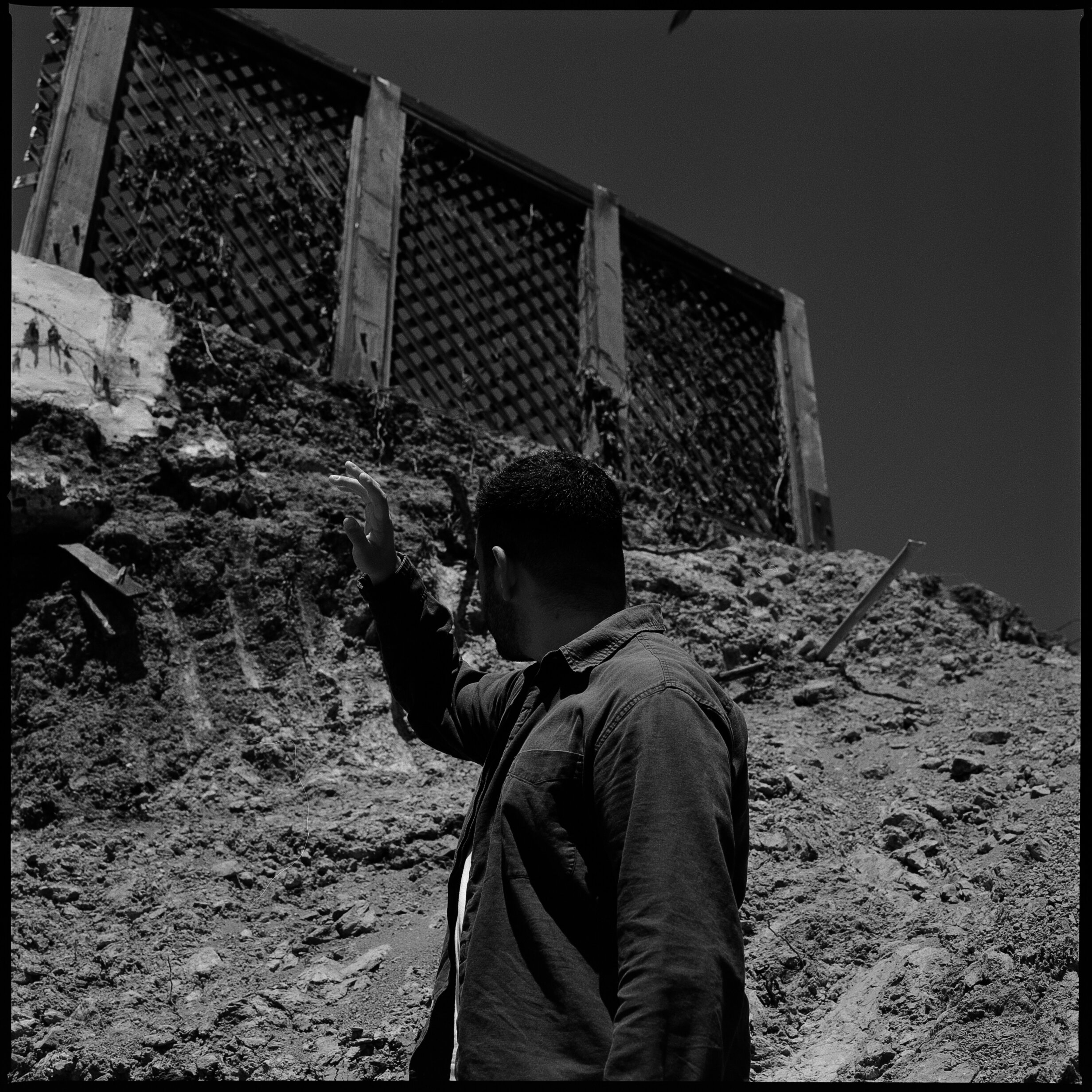Hello there, it’s been a very long time since my last journal entry. If you’ve read previous entries, I’ve said that I wanted to get back into portraiture and I’ve finally been able to carve out some time to photograph my friend Colin.
Durning the course of my journal hiatus, I’ve been photographing a lot. However, the bulk of images I’ve made pertain to my “Nowhere in Particular” project as well as candid snapshots of my life. And in that time, I realized I hadn’t made time to set up any type of portrait shoot in almost a year. It has definitely been long overdue and I thought it was time to execute this skateboarding portrait series idea I’ve had in the back of my mind.
The idea is heavily inspired from skateboard photographers such as Fred Mortagne, Rafael Gonzalez, and Kyle Camarillo. I know this is nothing original, but I thought it would be good practice to direct a shoot again and dust off the Hasselblad. The reason I chose my Hasselblad for this shoot was because of the depth of field I get, even at higher apertures. With 35mm film, I have found that it feels a little too flat and one dimensional for skateboarding and the skater can get lost in the environment. This isn’t to say that it can’t be done with 35mm film, but I feel like the depth of field that 120 film offers, allows for more separation for the style I wanted to make these photos.
Although I love skateboarding and photography, I don’t really consider myself a skateboard photographer. I wanted to shoot with Colin because he has an explosive yet precise style of skating and is extremely consistent which is perfect for what I had in mind. I wanted to keep these photos as simple as possible: a few portraits mixed in with some environmental flat ground tricks. I wanted these photos to be as if you were a pedestrian or passerby that happened to come across Colin skating throughout the park.
Much like the nature of skateboarding, we started with a loose idea of where to shoot/skate and went with whatever stood out to us. The overall process was great! I started off with some standard portraits and skate photos to get use to the Hasselblad waist level viewfinder again. Once I felt more confident, the rest came easy. The waist level finder worked as a double edged sword for me. On one hand, it let me get close to the ground and utilize lower angles overall, but on the other hand it was more difficult for eye level portraits and double exposures because Colin is much taller than I am. The other challenge was composing each scene using the 6:6 ratio. I had to be much more intentional with each composition. It felt a bit restricting at first as I like utilizing the entire frame. But, I started to realize I was having a much easier time isolating Colin in specific parts of the frame without much distraction from the peripherals. The mix of long and wide focal lengths was fun to experiment with and helped keep my compositions fresh. I’m more than pleased with how these photos turned out and I would hopefully like to continue this series with different skaters. A huge thank you again to Colin for helping me out with this shoot.
Shot on Kodak Tri-X 400 using a Hasselblad 500cm with a 80mm f2.8 Zeiss Planar and a 150mm f4 Zeiss C Sonnar T*.
































































